Tulcea County could be in for joining the UNESCO geoparks network, as researchers and local authorities work to create the Cimmerian Dobrogea Geopark. The initiative, launched by the Dobrogea Chimerica Association in partnership with the University of Bucharest and the National Research and Development Institute for Marine Geology and Geoecology - GeoEcoMar, highlights the region's remarkable geological and cultural heritage. However, despite years of research and strong local potential, the project is still awaiting formal completion.
At the recently concluded 12th ProGEO International Symposium held in Tulcea, experts brought into attention to the county's 94 geosites and 16 nature reserves of geological value and four geological reserves. Among them, the Desli Caira section near Agighiol stands out as a contender for the prestigious 'Golden Spike' - a global geological marker that defines the boundaries of Earth's history. "It is a special site with very good chances to win," said Kevin Page, president of ProGEO International.
Researcher Antoneta Seghedi of GeoEcoMar, who initiated the geopark project in 2022, explained that defining its territory and securing agreements with local mayors remain major challenges. "We were hoping to finalize the delineation of the boundaries this year, but elections have slowed things down. We're doing this in our free time, and progress has been slower than we wished," she admitted.
Professor Alexandru Andrasanu, president of ProGEO Romania, stressed that a geopark does not actually mean the imposition of restrictions but rather opens doors to development. "A geopark is the story of a place its rocks, its people, its myths. It connects geological heritage with culture and tourism, giving visitors a reason to stay and explore beyond the nearby Danube Delta," he said.
Local efforts are already shaping this vision. In Agighiol, the 'Treasures of Agighiol' trail introduces visitors to local archaeological finds and natural habitats, while in Casimcea, a new circular route guides them among fossils and folded rock formations that reveal the Earth's ancient seabed.
"It is a rich area with several interesting conservation elements that include the Dobrogea hamster, the Dobrogea tortoise, a large population of Campanula romanica (Dobrogea bellflower). There is also a paleontological site of the Agighiol geological reserve, a reserve with Triassic limestones with ammonite fossils. The goals of the project through which we created this route were to raise awareness of the values of geodiversity, biodiversity and archaeological heritage, educating about the geological evolution of the area, but also raising awareness of man's impact on the environment, as either a protector or a predator," president of the Dobrogea Chimerica Association, Vasile Badilas, told AGERPRES.
Still, challenges remain at legislative level. "Our laws protect biodiversity but overlook geodiversity - the very ground that sustains life," argues Professor Iuliana Lazar of the University of Bucharest. Including geology in protected area management plans, she said, is vital for preserving the deeper, underlying workings of nature.
Despite delays, researchers believe that Tulcea's landscapes - where the ancient seabed, layered rocks, and village stories intertwine - already hold the essence of a UNESCO geopark, and that all it takes is to give this heritage the formal recognition it deserves.

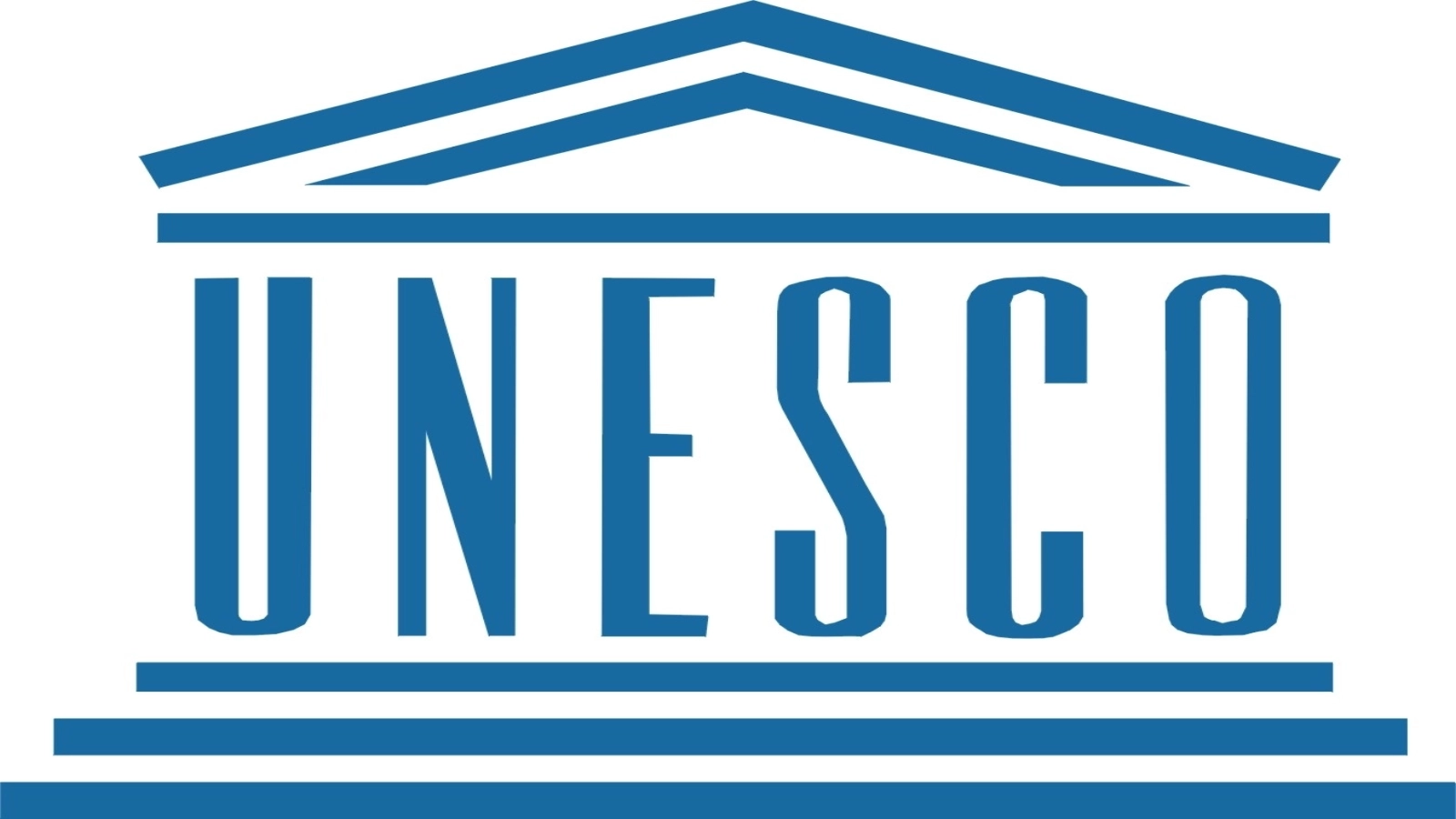



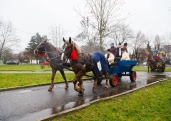




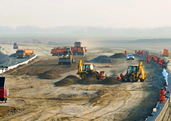

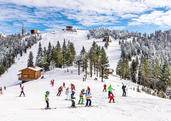
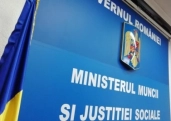
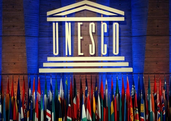








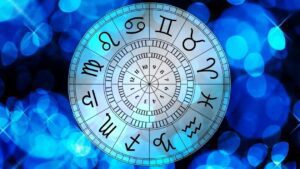







Comentează